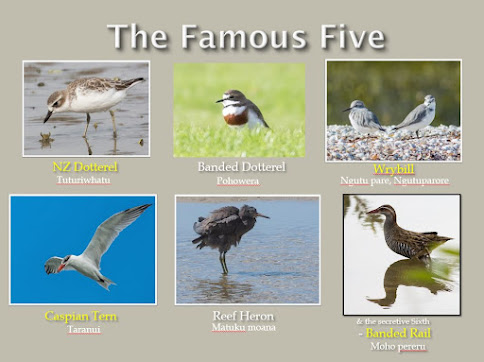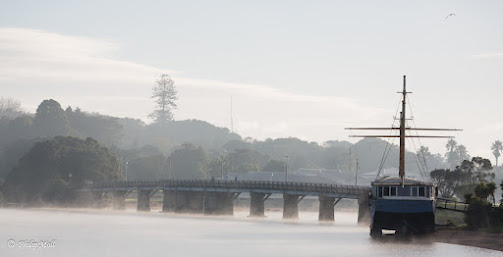"Nature is shy and noncommittal in a crowd. To learn her secrets, visit her alone or with a single friend, at most. Everything evades you, everything hides, even your thoughts escape you, when you walk in a crowd."
Edwin Way Teale. Circle of seasons. The Journal of a Naturalist Year.
However today I have visited the Pukorokoro/Miranda Shorebird Centre to attend what was an excellent talk by Dan Ruthrauff who lives in Anchorage and is a researcher of shorebirds in Western Alaska. The Shorebird Centre was filled to the doorway with birders keen to hear Dans talk.
Today Dan along with an excellent presentation including some amazing photographs and video was sharing his experience and the challenges involved in studying Bar-tailed godwit in the tundra landscape of Alaska. This shorebird breeds in Alaska and at this time of the year (October) has returned to New Zealand its non-breeding habitat to share our summer in estuaries across the country. In Alaska some 80-90,000 godwit attempt to breed and following this they form huge flocks waiting for the opportunity to fly South.
After Dans talk we descended to the bird hides at the nearby Robert Findlay reserve to see the newly arrived bar-tailed godwit and other waders. At Pukorokoro/ Miranda today there were several thousand godwits along with other birds.
At my local estuary we have our share at present a smaller flock of a round 200 but the birds are site faithful, and one Chinese flagged godwit has returned for the sixth-year running. At Pukorokoro there will be many flagged research birds to monitor and record for scientific purposes. Come March 2026 our share of the godwit flocks will return to Alaska to breed via China as a stopping place to refuel. Once again, they hopefully will achieve their near 30,000-kilometer round trip.


















































